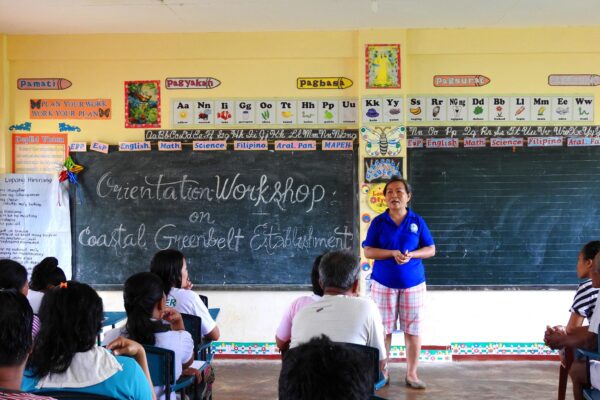Disaster Risk Reduction (DRR) describes the systematic approach to managing natural disasters. DRR includes identifying the underlying causes of disasters, building disaster resilience within communities, and determining the most efficient way to deliver crisis management in the wake of a disaster. DRR is of great importance for rural communities, who are increasingly forced to navigate the unpredictable impacts of climate change on their livelihoods. In 2019, 396 natural disasters were recorded worldwide, with the deadliest forms of disaster being floods, extreme temperatures, and storms. With these events expected to increase in severity and frequency, urgent action is needed to build resilience among the most vulnerable communities. Much of IIRR’s work concerns smallholder farmers in rural areas, whose livelihoods are particularly sensitive to climatic extremes. Additionally, NGOs can face distribution challenges when attempting to disseminate relief resources to remote locations.
Ensuring that DRR resources reach the most vulnerable, such as those in hard-to-access rural areas, requires coordination and cooperation among local organizations. In response to the need for cooperation to distribute DRR resources efficiently, IIRR partnered with the US-based non-profit Give2Asia from 2014 to 2019 to jointly implement their NGO Disaster Preparedness Program across the Philippines, Indonesia, Vietnam, Timor-Leste, Myanmar, Nepal, Bangladesh, and India. One of IIRR’s key roles in this program was the creation and moderation of a Community of Practice (CoP), composed of over 150 NGOs in Asia working at the frontline of disaster management. IIRR helped facilitate knowledge sharing between these groups via face-to-face training, webinars, and a website (www.dppasia.net) to serve as a platform for these local NGOs to work together to build disaster-ready communities.





